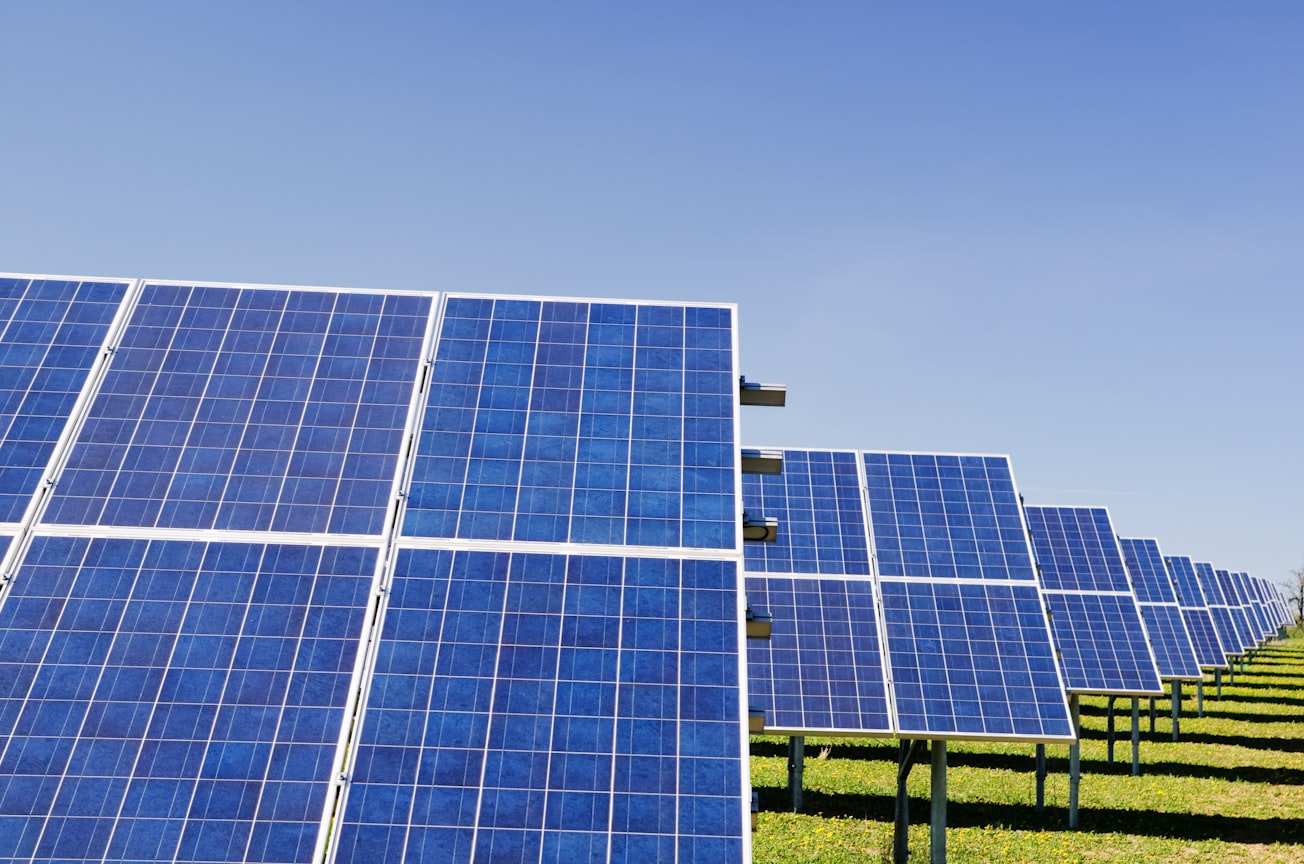What is it about?
Many locations around the world do not have measured solar irradiation on a tilted surface. Any measured irradiation would be horizontal irradiation from a pyranometer, and most probably global horizontal irradiation (GHI) only. But, diffuse horizontal irradiation (DHI) also is needed to model the tilted irradiation on a solar panel. Therefore, when absent, the diffuse horizontal irradiation must be modelled using “decomposition models.” Only then can the GHI and DHI be inputted into “transposition models” to estimate the irradiation on an optimally tilted solar panel. I have formulated an easily implementable global technique to determine the optimal decomposition and transposition matches by a host country (having measured DHI) that can be used by other countries devoid of DHI data to simulate and optimize their solar panels’ tilt angles. In addition, graphs of monthly, seasonally and annually optimized tilt angles, along with a horizontal plane, easily analyze the monthly harvested global tilted irradiation from these surfaces- much simpler and straightforward than seen in the literature. Finally, I highlight the advantage of tilting a solar panel both southwards and northwards for different times of the year - particularly in tropical latitudes. At our location in Trinidad, over a yearly period, a twice-adjusted solar panel capable of south or north orientations, harvested more global tilted irradiation than a monthly-adjusted solar panel that was south oriented only.
Featured Image

Photo by Zbynek Burival on Unsplash
Why is it important?
Many researchers have been simulating their tilted solar panels by selecting decomposition and transposition models in an ad-hoc or haphazard manner. This can lead to significant error in the calculated optimum tilt angles. I have removed the guess-work and provided a sound technique that can be globally implemented. Many published works also consider only a south-oriented solar panel as optimal for maximum harvested solar irradiation. But we have demonstrated that attention must be given to a panel capable of south and north orientations during an operational year.
Perspectives
I have provided an easily implementable decomposition-transposition model matching technique that can be exported globally to any host territory having the requisite data to establish its own decomposition-transposition model matches for use by other territories possessing a similar climate to the host. In this way, a global network of host-to-user territories can be established, to the benefit of the solar energy community. Thus, the accuracy of simulations of tilted solar panels can be improved globally. I have also seen publications that erroneously indicate that seasonally optimized solar panels harvest more solar irradiation than monthly optimized. This is impossible. This study provides the solar energy community with a simple and fool-proof analysis via graphs to enhance understanding and avoid such mistakes. Furthermore, relating optimized tilt angles calculated by transposition models to reference tilt angles due to the beam irradiation only, offers the reader a new perspective on the behaviour of these models which I hope removes any 'mystery.'
Dr. KEITH DE SOUZA
Center for Optoelectronics Research
Read the Original
This page is a summary of: Decomposition and transposition model-matching technique in the absence of plane-of-array measurements and the evaluation of tilted solar collectors and their harvested solar resource, Journal of Renewable and Sustainable Energy, January 2019, American Institute of Physics,
DOI: 10.1063/1.5058115.
You can read the full text:
Resources
Contributors
The following have contributed to this page










